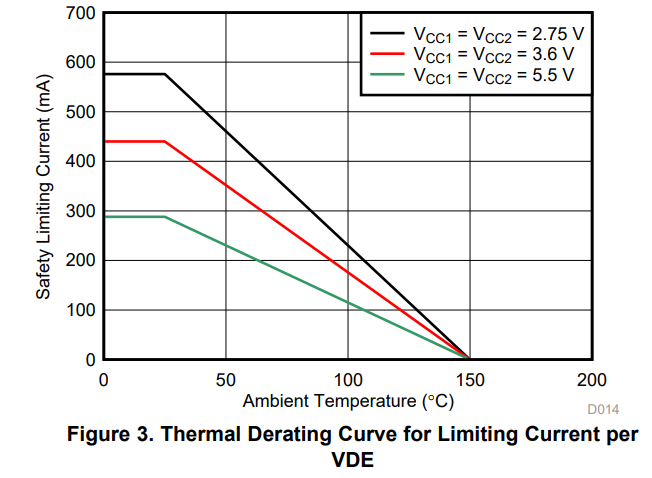Dear TI-team,
we are currently developing a system that needs to isolate 1500V DC from PELV circuits. 1500V DC are required for the intended use, while from the PELV circuits power and signals are routed.
Now, the ISO7842 ensures isolation between PELV and 1500V DC working voltage. Chapter 6.8 "Safety Limiting Values" describes requirements to ensure for safe operation. However, to assess failure mechanisms of our product I would like to know,
- what happens, if instead of a supply voltage of 3.3V in case of failure 48V are applied,
- (I assume the safety limiting values will be exceeded, but what is next)
- and what failure effects are to be expected.
We need to ensure a safe product in single-failure scenarios. If one part of ISO7842 is fried, will the other part still be isolating as it is rated for reinforced isolation?
Best regards,
Ralf



